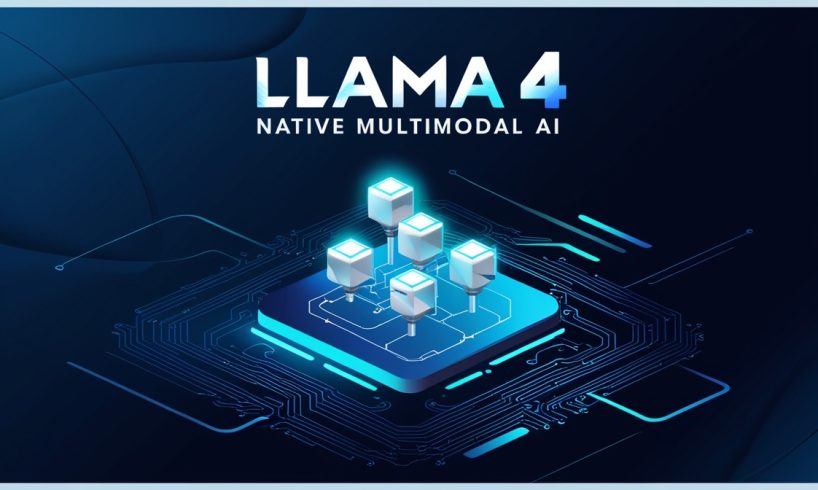
The AI landscape is rapidly evolving, and with the release of the LLaMA 4 models by Meta, we may be witnessing the dawn of a new generation of truly multimodal AI systems. Dubbed the “LLaMA 4 herd,” these models represent a significant leap forward—not just in language understanding, but in how AI can seamlessly process and integrate text, images, and other data types natively.
What Is LLaMA 4?
LLaMA (Large Language Model Meta AI) is Meta’s open-weight AI model family. While LLaMA 3 established Meta as a major contender in the generative AI space, LLaMA 4 takes a bold step forward by introducing native multimodal capabilities. This means that instead of bolting on image understanding as an afterthought, LLaMA 4 models are designed from the ground up to reason across multiple types of input.
Native Multimodality: A Game Changer
Most current AI systems treat image and text understanding as separate tasks, often relying on separate models that communicate indirectly. In contrast, LLaMA 4 is built to natively understand and synthesize multiple modalities—text, vision, and potentially even audio—within a single, unified architecture.
This unlocks exciting new possibilities:
- Enhanced creativity: LLaMA 4 can describe images, generate stories from photos, or analyze visual data with deeper context.
- Richer interaction: It enables more natural interactions, like uploading a chart and asking for insights or snapping a photo and requesting a caption.
- Smarter tools: Developers can build apps that use mixed inputs without juggling multiple systems.
Open Innovation at Scale
Meta’s decision to keep LLaMA open-weight is a strategic one. By empowering researchers and developers with access to cutting-edge models, Meta fuels innovation across industries—from healthcare and education to robotics and content creation.
And the “herd” approach—offering models in multiple sizes and capabilities—makes the technology accessible to a wider range of use cases, from mobile applications to high-performance cloud deployments.
What Comes Next?
As the LLaMA 4 herd begins to roam the AI frontier, we’re likely to see a surge in native multimodal applications—from smart assistants that can understand both your words and your world, to AI systems that learn and adapt in ways that feel truly human-like.
With LLaMA 4, the future of AI isn’t just faster or smarter—it’s more integrated, more intuitive, and more powerful than ever before.
LLaMA 4 isn’t just another model release—it’s a signal that the age of truly multimodal AI has begun. And from here, the possibilities only get bigger.

I am a person who is positive about every aspect of life.I have always been an achiever be it academics or professional life. I believe in success through hard work & dedication.
Technology Blogger at TechnoSecrets.com






